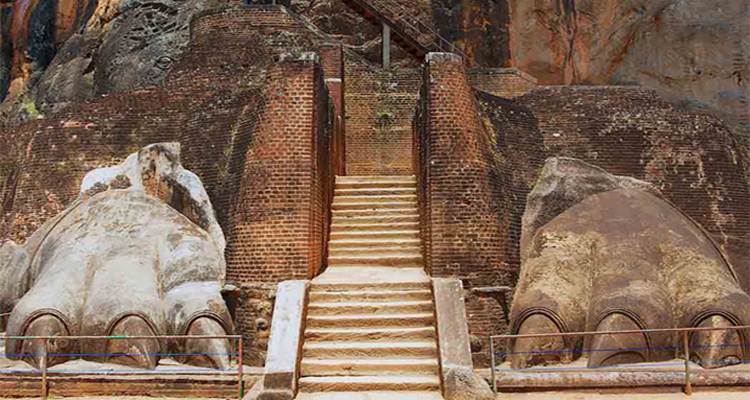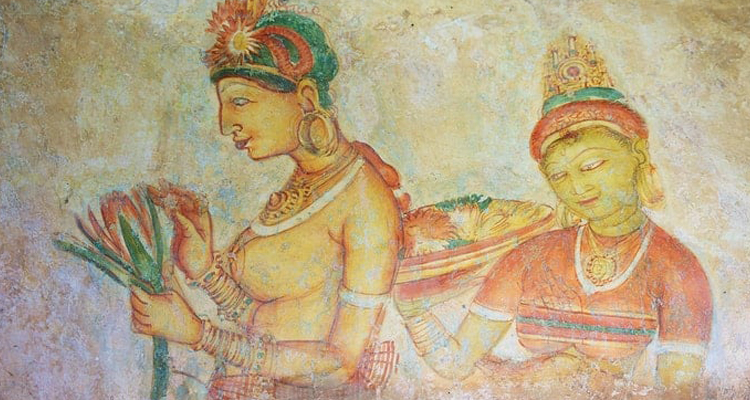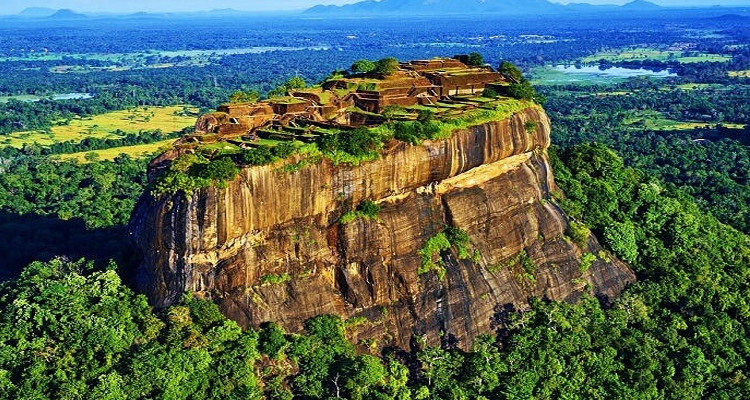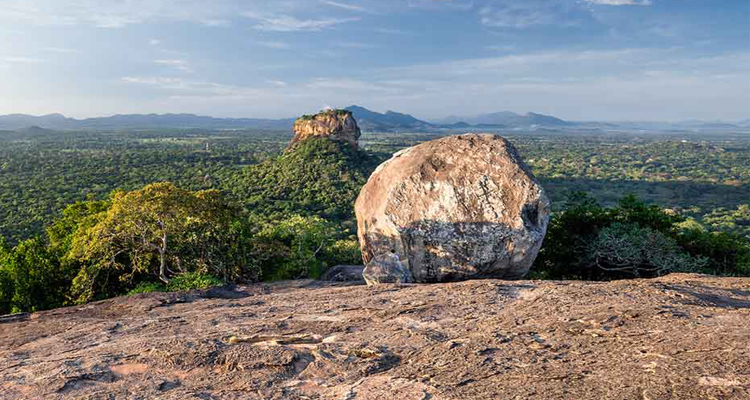Highlights
Sigiriya is one of Sri Lanka’s most famous historical monuments. Residents call this ancient palace and fortress complex the eighth wonder of the world and it has significant archeology and attracts thousands of tourists annually. This is probably the most visited tourist destination in Sri Lanka. The Sigiriya rocky plain, made of magma from an extinct volcano, is 200 meters higher than the surrounding forest. The exhibition surprises visitors with its unique harmony in nature and human imagination. Thanks to this lion, the palace got Sigiriya. The word Sigiriya is derived from the word Sihagri, meaning Lion Rock. The western walls of Sigiriya are almost exclusively covered with frescoes, made during the Kasyapa period. Eighteen frescoes are still alive today. The fresco depicts a naked woman and is seen as a picture of Kasyapa’s wife and concubine, or as a priest containing religious rites. Although the identity of the unknown woman is depicted in the mural, this unique ancient painting celebrates the beauty of women and has a remarkable historical impact. One of the best features of Sigiriya is its mirrored walls. In the old days it was so refined that the king could see the reflection. The mirror walls are painted with inscriptions and poems written for Sigiriya’s guests. The oldest inscription is from the ninth century. The inscription says that Sigiriya was a tourist destination more than a thousand years ago.




